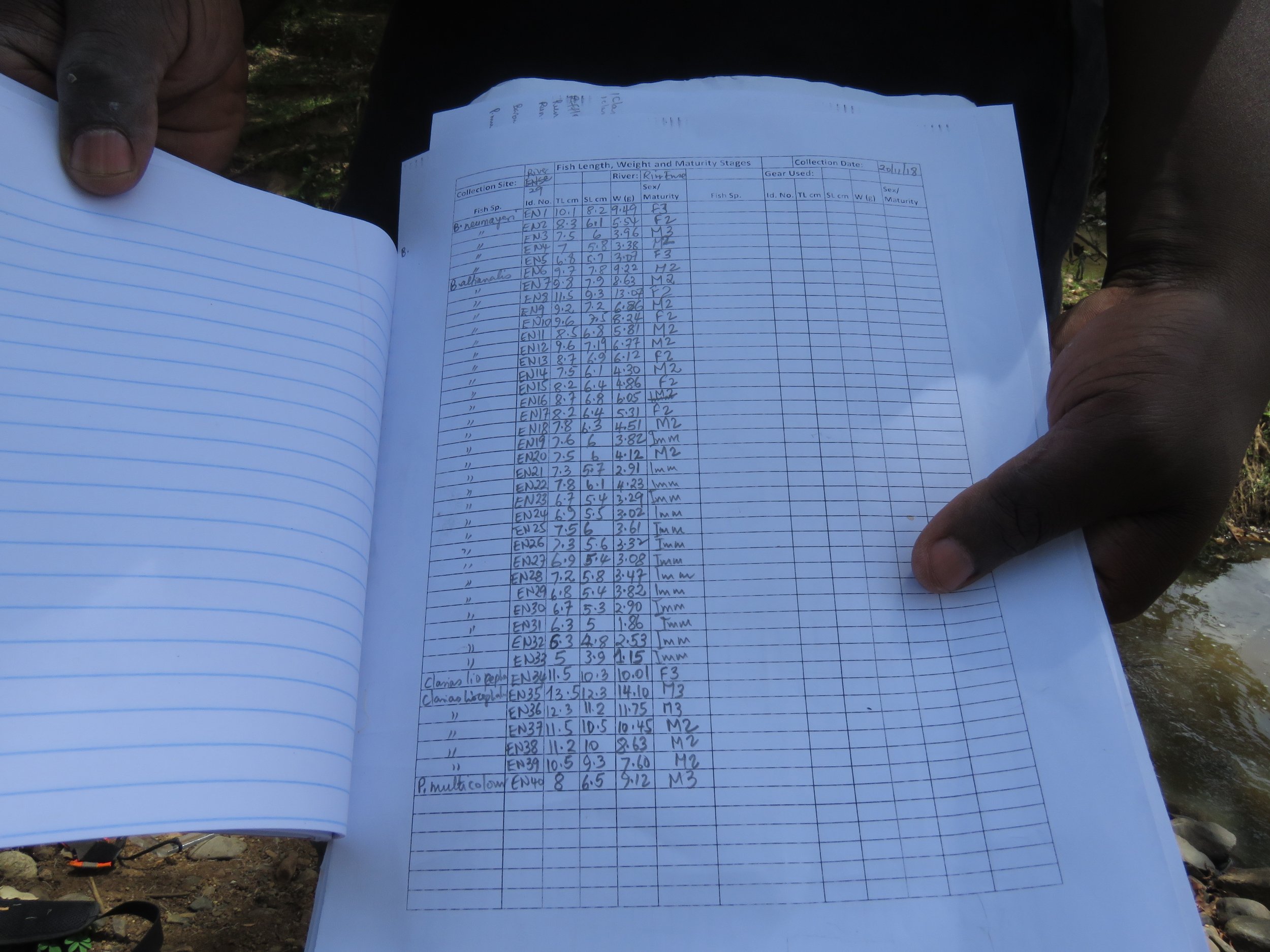Alfred Otieno Achieng Perspectives
Streams and rivers are globally threatened ecosystems because of increasing levels of exploitation and habitat degradation. Human activities, like urbanization and increased agricultural production, have caused changes in how a lotic system flows and redistributes water so the needs of each individual are no longer met. In order to measure the effects of these disturbances and how bad they truly are, ecologists use the concept of niches. A niche is the conditions an organism requires to be able to survive and thrive, the closer an organism's environmental conditions match their niche, the healthier they are. Some species have a very specific niche, and cannot survive any conditions outside of it; these species are called specialist species. Other species have a broad niche, meaning they only require a couple common and abundant things (such as water and sunlight) to survive; these are called generalist species. As stream habitats are degraded they become more simple, and lose the specific qualities some species need to survive. This is why using a species niche is a good way to measure the health of a stream; as the ecosystems of a stream are degraded by human activities, more specialist species will die off and you will see an increase in generalist species.
Information collected on fish species in Lake Victoria.
The study, Assessment of the Ecological Health of Afrotropical Rivers Using Fish Assemblages: A Case Study of Selected Rivers in the Lake Victoria Basin, Kenya (Achieng et al., 2021) focused on Lake Victoria, found in East Africa, and specifically studied four water collection sites located in Kenya. In this area, agriculture is common, in fact most of the residents depend on agricultural activities to survive, making it a great place to study how human activities can affect the quality of river ecosystems. Up until now, there hasn’t been an accurate way to study ecosystem degradation taking place in Lake Victoria. In order to do this, Achieng et al. first had to find a consistent way to measure the health of the system; they decided to use the tolerance levels of fish living in Lake Victoria. The tolerance of fish was determined by how wide their niche was, or how large the range of conditions was under which the species could continue to survive; these values were then turned into an index (or a measurement scale) that can determine the river’s health. While this method of measuring ecosystem degradation is not new, this is the first time that this type of index has been designed specifically for tropical regions in Africa, and not borrowed from temperate or subtropical areas which have moderate climates.
In order to determine the effects of agriculture on these rivers, water samples collected from many sites on Lake Victoria were tested for nutrients found in pesticides and also for things like dissolved matter, salinity (salt concentration), and dissolved oxygen concentration. Fish samples were also taken, their species and physical characteristics were identified; this information was then used to find their normal habits using a fish database. The niche of each of these fish was then estimated and used to form the measurement scale used for this study.
Collecting samples.
The results of this study showed that areas with increased agriculture use (larger areas of cropland) found significant variation in the amount of nutrients found in these Lake Victoria rivers. Chemicals commonly found in fertilizers, pesticides, and herbicides were found in the river sites, as well as large amounts of organic matter in areas where farming livestock was more common. The study found two main stressors; nutrient loading, which is the releasing of nutrients (mainly nitrogen and phosphorous) into the environment through human activities, and organic loading, which is a measurement of how much oxygen is used up by living organisms; in this case living organisms that are not native to the system. Going back to our fish tolerance system, these two stressors were found to have significant effects on the fish communities in these four sites on Lake Victoria. Biodiversity has been reduced drastically, with fish species also being threatened by these human activities. Overall, biodiversity and fish species richness (the number of fish species found within the region) has declined due to the stressors of nutrient and organic loading identified in this study.
Read the publication here: Frontiers | Assessment of the Ecological Health of Afrotropical Rivers Using Fish Assemblages: A Case Study of Selected Rivers in the Lake Victoria Basin, Kenya | Water (frontiersin.org)


